In Science, this week, Year 5 have been learning about water resistance. We set up an experiment that would test which plasticine shapes were the most and least water resistant using large cylindrical flasks of water.
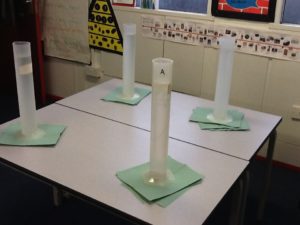 #
#
Next, we planned our different shapes within our groups.
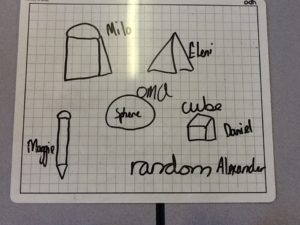
Using the same sized lump of plasticine, we then made each of our shapes. Challenge your child: Why was it important to use the same size blob of plasticine?
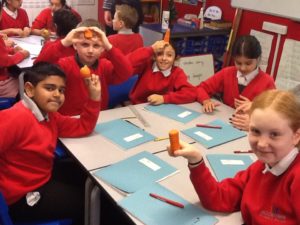
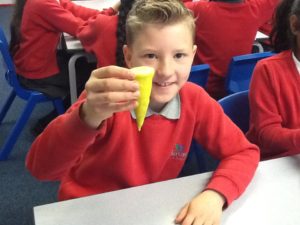
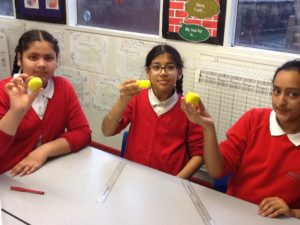

In order to test the water resistance, we dropped shape 1 and 2 into the tubes. Every round, the fastest shape would advance. At the end, we were left with the fastest shape and therefore the shape with the least water resistance.
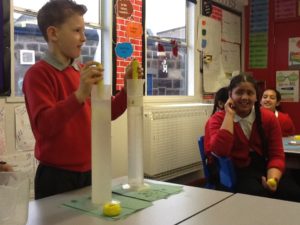
Action replay 1 – Notice how the garlic bulb shape on the right fell a lot slower. This is because it had a very flat surface on the bottom which increased the water resistance.
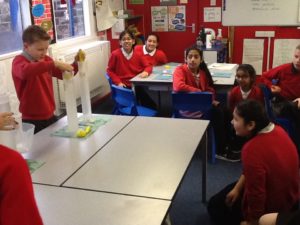
Some races were so close that we needed a slow-mo replay from our chief photographer, Mr Wicks, who was able to get a screen shot of an action replay to determine which touched the bottom first!
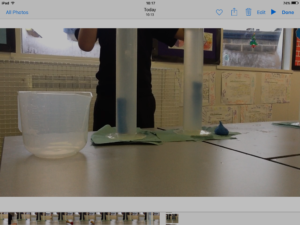
Shapes that were more streamlined and thinner (e.g. cones) had less water resistance and fell quicker. Shapes that had flat faces or were bulky (e.g. cubes) had more water resistance and they fell really slowly. It was great to see it happening before our very eyes!
(Sometimes, it didn’t always go to plan: blooper 1 and blooper 2.)